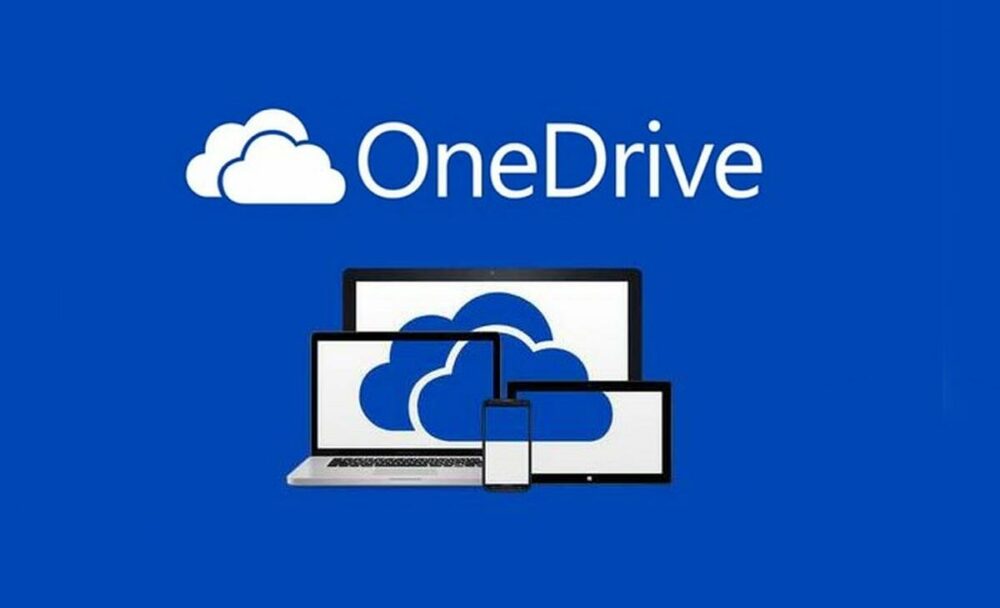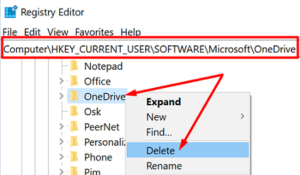Can’t Login To OneDrive?, Then this article is for you. Accessing your OneDrive account should be a simple and straightforward process. Regrettably, the platform will occasionally indicate that it is signing you in, but nothing will happen. Alternatively, OneDrive redirects you to a blank page after you enter your username and password. Let’s look at how you can fix this problem and regain access to your account.
Why Is OneDrive Refusing To Allow Me To Sign In?
⇒ Quick Notes:
1- If the login issues are specific to the OneDrive app, navigate to www.onedrive.live.com and check that you can log in via the web app.
2- Additionally, visit the Office portal to check whether Microsoft has acknowledged the login problem. Wait until the company corrects the error.
Check Your Browser
If you’re unable to login to your OneDrive account via the web app, check to ensure that the issue is not with your browser. Clear your cache, temporary files, and cookies, and then disable any extensions that are currently installed. Bear in mind that you should also update your browser.
For instance, if you’re using a Chromium-based browser, click More options (the three dots), then History, then Clear browsing data. After that, clear your cache, cookies, and temporary files for the previous four weeks. Finally, if the login problem persists, select All time from the Time range drop-down menu.
Then, navigate to Extensions and disable all browser extensions manually. To check for updates, navigate to Help and select About. Finally, reinstall your browser or use a different web browser if the problem persists.
Clear Your Credentials
Delete all OneDrive credentials that the Credential Manager has stored and check the results. If you encountered a login problem shortly after changing your password, this method should fix it.
1- Log out of OneDrive completely and navigate to the Control Panel.
2- Select the Credential Manager from the User Accounts menu.
3- Next, select Windows Credentials.
4- Scroll to the bottom of the page and locate your OneDrive credentials (OneDrive Cached Credential).
5- Select and remove one by one all OneDrive entries.
6- Restart OneDrive, login with your username and password, and check to see if the issue has been resolved.
Disable Your Security Software
Well, If your antivirus software is preventing you from logging into your OneDrive account, you can resolve the issue by disabling it. Your antivirus software may incorrectly flag OneDrive as a threat and block it. Similarly, your firewall and antimalware software should be updated.
By the way, a large number of Xfinity Advanced Security users confirmed that this method worked for them. Re-enable your antivirus software after signing in to OneDrive.
Unlink Your PC
Check to see if unlinking your computer resolves the issue.
1- In the taskbar, click the OneDrive icon.
2- Navigate to Settings and click the Account option.
3- Select Unlink this computer.
4- After that, restart the First Run Experience.
5- Select a different folder for OneDrive to use when synchronizing your files.
Reinstall OneDrive
To begin, close the Registry Editor and remove the OneDrive configuration folder. Then, uninstall OneDrive and reinstall the app.
1- In the Windows Search bar, type regedit and navigate to HKEY_CURRENT_USER\Software\Microsoft.
2- Expand the Microsoft folder and then the OneDrive folder.
3- Delete the folder by right-clicking on it. You are, in fact, deleting the OneDrive configuration folder.
4- Next, navigate to Control Panel, select OneDrive, and click Uninstall.
5- Restart your computer and visit Microsoft’s official website to reinstall OneDrive.
6- Download the app and check that you can now login to your account.
The Bottom Line:
If you’re experiencing difficulties logging into your OneDrive account, clear your OneDrive credentials from Windows Credentials. After that, disable off your antivirus and firewall. Finally, remove your computer from OneDrive and reinstall the app if the issue persists. Which of these solutions aid you in resolving the issue? Tell us in the comments section below.












